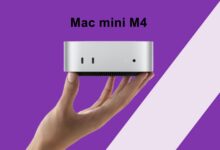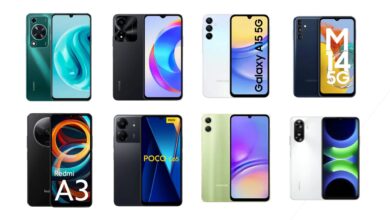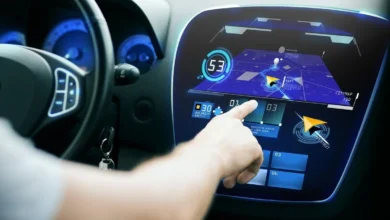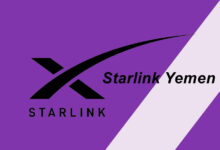Li-Fi information and details
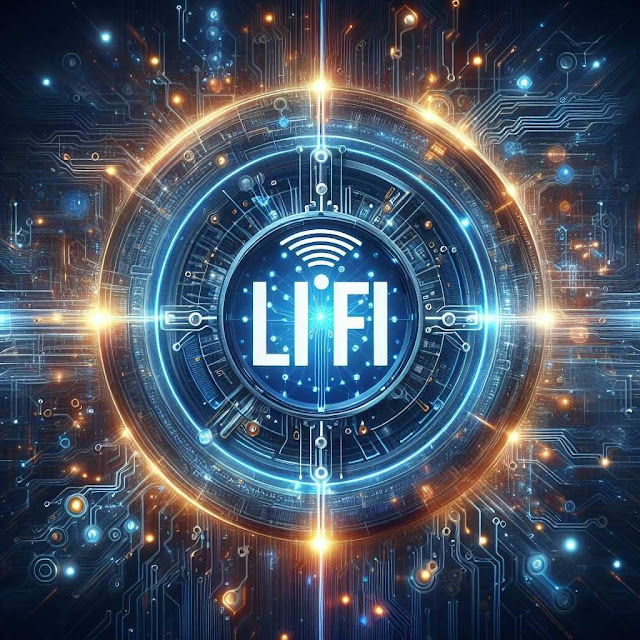
What is Li-Fi? Li-Fi stands for “Light Fidelity,” a high-speed wireless technology using visible light to transmit data. Unlike traditional Wi-Fi that relies on radio frequencies, Li-Fi offers a unique alternative.
Li-Fi Data Transmission: Shining a Light on High-Speed Communication:
Li-Fi relies on light modulation technology to carry data. Several methods can encode data onto the light beam for Li-Fi, including Amplitude Modulation (AM) and Phase Modulation (PM).
In AM, Li-Fi alters the intensity of the transmitted light to represent information. Dim light might signify a binary “0,” while bright light could represent a binary “1.”
With PM, Li-Fi changes the direction of the light wave itself to carry data. For example, a constant-phase light wave could represent a binary “0,” while a variable-phase wave could represent a binary “1.”
Beyond Wi-Fi: Li-Fi’s Speed, Efficiency, and Security Advantages:
However, Li-Fi also boasts several advantages over traditional wireless communication technologies like Wi-Fi. Firstly, it offers significantly higher data transfer speeds, reaching up to 100 Gbps. This translates to more than 100 times the speed of traditional Wi-Fi, enabling lightning-fast downloads and seamless streaming.
Additionally, Li-Fi consumes less power than Wi-Fi, making it a more energy-efficient option. This can be particularly beneficial in battery-powered devices or for eco-conscious applications.
Interference Resistant: Li-Fi is less susceptible to interference than traditional Wi-Fi, making it more suitable for applications that require secure and reliable data transmission.
Illuminating Diverse Fields: Li-Fi Applications from Hospitals to Smart Homes:
LiFi has wide application potential in many fields, including:
Hospitals: Li-Fi delivers secure internet for sensitive medical devices in hospitals
Aircraft: Li-Fi offers high-speed internet to passengers and crew on aircraft..
Factories: Li-Fi monitors industrial machines and processes in factories.
Smart Homes: Li-Fi connects smart home devices seamlessly.
Decoding the Light: Inside the Li-Fi Receiver:
Li-Fi is a promising technology that has the potential to change the way we connect to the Internet. As Li-Fi technology continues to develop, we expect to see more applications for this technology in the future.
Real-World Illumination: Case Studies of Li-Fi in Action:
Following its 2018 debut at Singapore’s Changi Airport, Li-Fi has seen continued advancements. Philips introduced a LiFi-enabled LED lamp in 2019, and Samsung joined the game in 2020 with a LiFi-compatible smartphone. These examples showcase Li-Fi’s transition from theoretical concept to real-world application.

